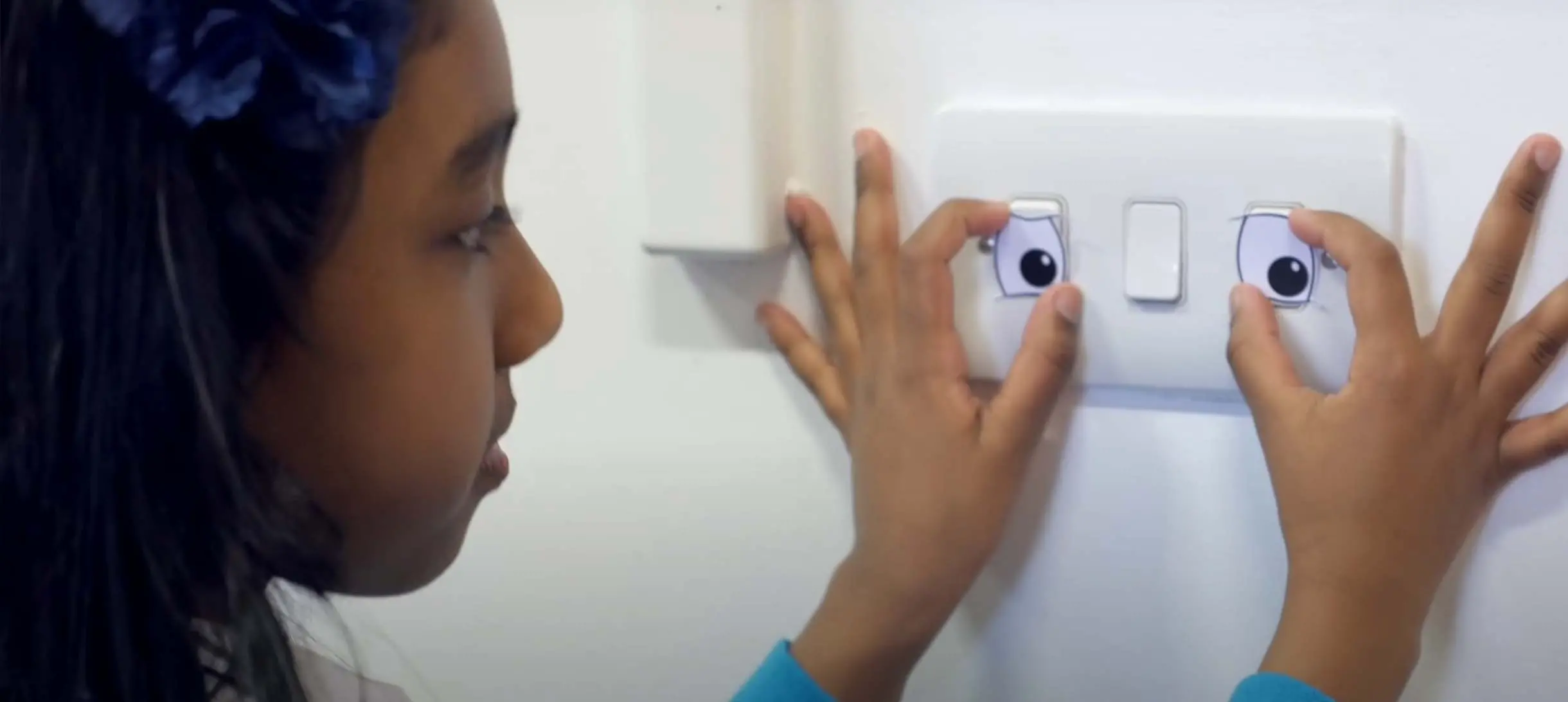Aims
Make anything look like a face.
ExpeRiment with how we see faces.
Learn which facial features are the most important for us to recognise a face.
About this activity
Faces come in all shapes and sizes, and we’re incredibly good at recognising them. In this activity you will explore your ability to find faces in everyday objects.
By going out and looking for faces on inanimate objects you will learn about what combination of features is crucial in allowing us to recognise what we see as a face.
Seeing faces, or familiar objects in random patterns is part of a phenomenon known as apophenia. This has been described as our need to make sense of randomness and find patterns and meanings where there aren’t any. So a cloud that looks like a dog fits into our model of the world better than a shapeless mass of water vapour.
